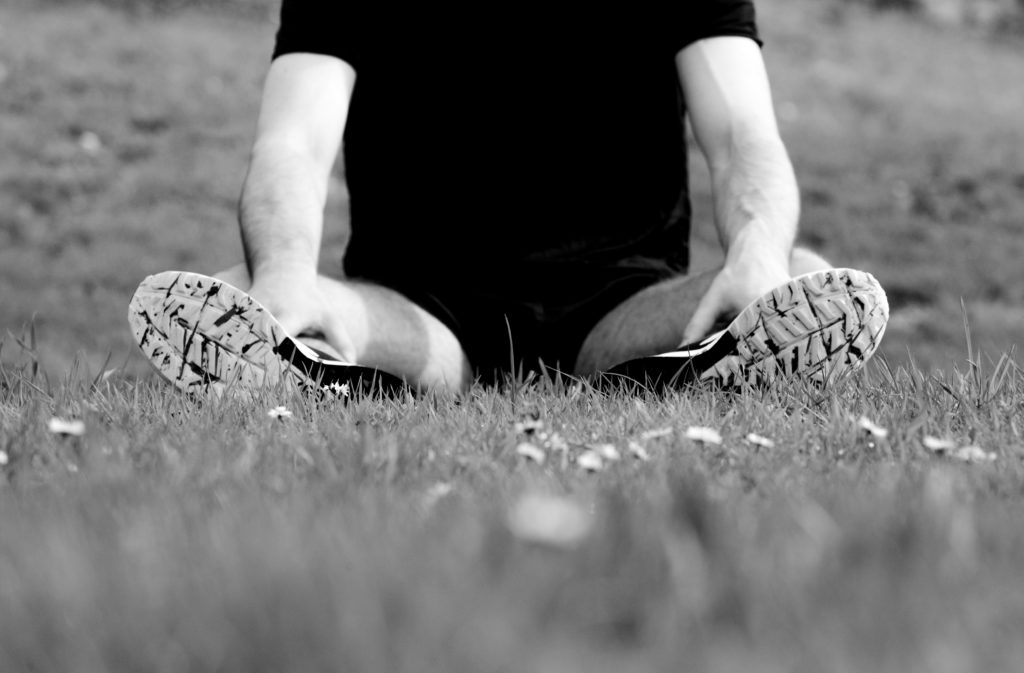Goin Strain
A groin strain is an injury to the groin—the area of the body where the abdomen meets the leg and the inner thigh muscles attach to the pubic bone. Typically, groin strains occur in the muscles of the upper inner thigh near the pubic bone or in the front of the hip. This injury tends to be more common in athletes and men; however, certain activities can increase the risk for anyone to experience a groin strain. Groin strains can occur during sprinting or any type of activity requiring forceful movement of the leg, such as jumping, kicking the leg up, or changing directions while running. Groin strains account for 10% of all hockey injuries and 5% of all soccer injuries. Physical therapists treat groin strains by reducing pain and helping patients improve muscle strength and leg motion and to increase the speed of recovery.
What is a Groin Strain?
A groin strain is an overstretch or tearing injury to the muscles of the inner thigh or front of the hip. Groin strains make walking, lifting the knee, or moving the leg away from or toward the body difficult and painful. Groin strains can occur from overuse of the muscles, or from a sudden contraction of the muscles.
Injury occurs when the muscles are either too forcefully contracted or too forcefully overstretched. Groin strains are graded according to the amount of muscle damage that occurs:
– Grade 1: Mild or partial stretch, or a tear of a few muscle fibers. The muscle is tender and painful, but maintains its normal strength. Use of the leg is not impaired, and walking is normal.
– Grade 2: Moderate stretch, or tearing of a greater percentage of the muscle fibers. There is more tenderness and pain, noticeable loss of strength, and sometimes bruising. Use of the leg is noticeably impaired, and limping when walking is common.
– Grade 3: Severe tear of the muscle fibers, sometimes a complete muscle tear. A “popping” sound may be heard or felt when the injury occurs. Bruising is apparent, and sometimes a “dent” in the muscle may be seen under the skin at the site of the tear. Use of the leg is severely difficult, and putting weight on the leg is very painful.
When groin muscles are strained or torn, muscle fibers and other cells are disrupted. Bleeding can occur, which causes bruising. Within a few minutes to a few hours after the injury, swelling can occur, causing the injured area to expand and feel tight and stiff.
Although groin strains most often occur in athletic activities such as football, soccer, and dance, they also can occur during everyday activities, such as lifting heavy items or slipping while walking.
How Can a Physical Therapist Help?
Your physical therapist will design an individualized treatment plan for you based on your unique condition and goals. Your plan may include treatments to:
– Reduce pain
– Improve motion
– Improve strength
– Speed recovery time
– Promote a safe return to activities
– Prevent future reinjury
Further Reading


0 Comments